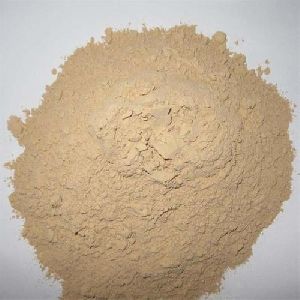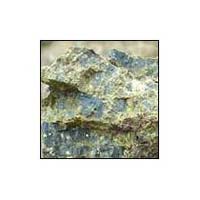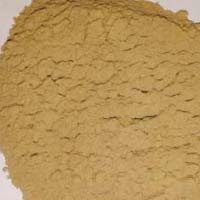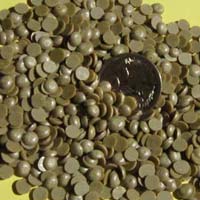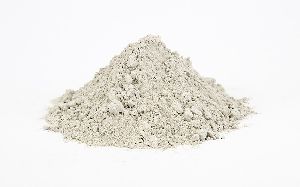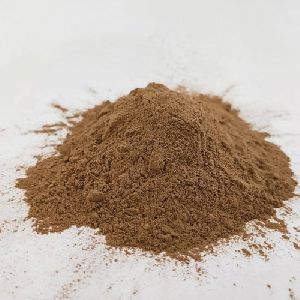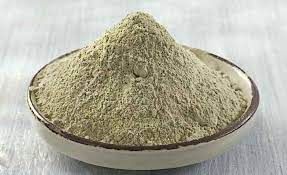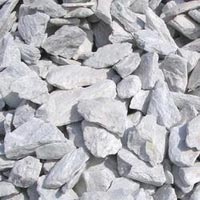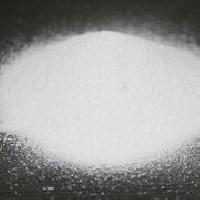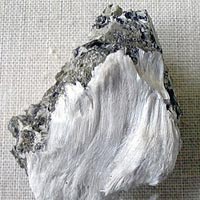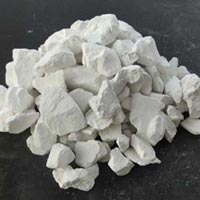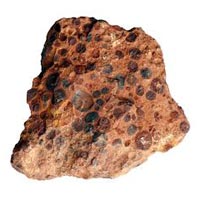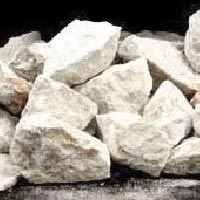Listing ID #90789
Company Information
Ask for more detail from the seller
Contact SupplierNatural Bentonite forms from the weathering of volcanic ash in the presence of water. Bentonite mineral is used in cement, adhesives, ceramic bodies, etc. We are one of the prominent bentonite manufacturers as well as the best among the bentonite suppliers in India. The superior quality bentonite is available at pocket friendly prices. Bentonite is an absorbent aluminium phyllosilicate generally impure clay consisting mostly of montmorillonite. There are a few types of bentonites and their names depend on the dominant elements, such as K, Na, Ca, and Al. As noted in several places in the geologic literature, there are some nomenclatorial problems with the classification of bentonite clays. Bentonite usually forms from weathering of volcanic ash, most often in the presence of water. However, the term bentonite, as well as a similar clay called tonstein, have been used for clay beds of uncertain origin. For industrial purposes, two main classes of bentonite exist: sodium and calcium bentonite. In stratigraphy and tephrochronology, completely devitrified (weathered volcanic glass) ash-fall beds are commonly referred to as K-bentonites when the dominant clay species is illite. Other common clay species, and sometimes dominant, are montmorillinite and kaolinite. Kaolinite dominated clays are commonly referred to as tonsteins and are typically associated with coal. Sodium Bentonite Sodium bentonite expands when wet, possibly absorbing several times its dry mass in water. Because of its excellent colloidal properties (see Odom ref below) it is often used in drilling mud for oil and gas wells and for geotechnical and environmental investigations. The property of swelling also makes sodium bentonite useful as a sealant, especially for the sealing of subsurface disposal systems for spent nuclear fuel and for quarantining metal pollutants of groundwater. Similar uses include making slurry walls, waterproofing of below-grade walls and forming other impermeable barriers: e.g., to seal off the annulus of a water well, to plug old wells, or as a liner in the base of landfills to prevent migration of leachate. Sodium bentonite can also be "sandwiched" between synthetic materials to create geo-synthetic liners (GSL) for the aforementioned purposes. This technique allows for more convenient transport and installation and it greatly reduces the volume of sodium bentonite required. Various surface modifications to sodium bentonite improve some rheological or sealing performance in geoenviromental applications, for example the addidtion of polymers . Calcium Bentonite Calcium bentonite is a useful adsorbent of ions in solution. as well as fats and oils, being a main active ingredient of Fuller's Earth, probably one mankind's the first industrial cleaning agents. Calcium bentonite may be converted to sodium bentonite (termed sodium beneficiation or sodium activation) to exhibit many of sodium bentonite's properties by a process known as "ion exchange" (patented in 1935 by Germans U Hofmann and K Endell). Commonly this means adding 5-10% of a soluble sodium salt such as sodium carbonate to wet bentonite, mixing well, and allowing time for the ion exchange to take place and water to remove the exchanged calcium.[ Some properties, such as viscosity and fluid loss of suspensions, of sodium beneficiated calcium bentonite (or sodium activated bentonite) may not be fully equivalent to natural sodium bentonite For example, residual calcium carbonates (formed if exchanged cations are insufficiently removed) may result in inferior performance of the bentonite in geosynthetic liners . Pascalite is a commercial name for the calcium bentonite clay. Uses for Both Types Much of bentonite's usefulness in the drilling and geotechnical engineering industry comes from its unique rheological properties. Relatively small quantities of bentonite suspended in water form a viscous, shear thinning material. Most often, bentonite suspensions are also thixotropic, although rare cases of rheopectic behavior have also been reported. At high enough concentrations (~60 gramsof bentonite per litre of suspension), bentonite suspensions begin to take on the characteristics of a gel (a fluid with a minimum yield strength required to make it move). For these reasons it is a common component of drilling mud used to curtail drilling fluid invasion by its propensity for aiding in the formation of mud cake.


